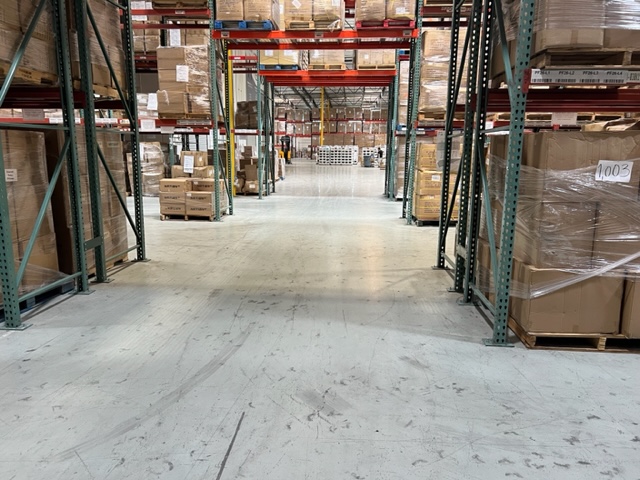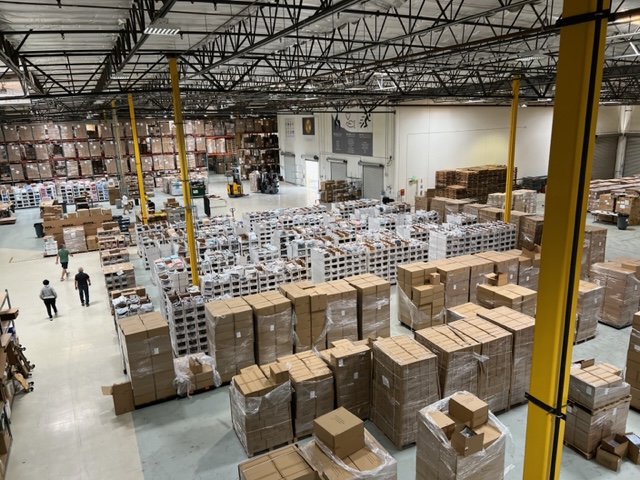-
Avoid These 6 Common Mistakes When Partnering with 3PL Providers

Partnering with a 3PL provider can bring many benefits to a business, including increased efficiency, cost savings, and improved customer service. However, choosing the wrong provider can hinder your business from achieving success.
-
Partnership for Success: Nurturing Relationships with Your 3PL Provider

For business owners out there, you may think you’re a lone wolf, but when it comes to running a successful business, it takes a village. Sure, you could try to ship those goods all by yourself and get a quick win, but if you really want to go the distance, it’s all about teamwork and…
-
Say Goodbye to Logistics Headaches: How to Evaluate 3PL Providers

So, you’ve finally decided to pass the baton of your storage and distribution operations to someone else. Congrats! But hold up, now comes the tough part – finding the perfect third-party logistics (3PL) provider for your business. It’s like finding a needle in a haystack, but with more trucks and warehouses involved. Good luck, my…
-
The Importance of Data Analytics in Third-Party Logistics

As a 3PL provider, it’s important to keep a close eye on your analytics because they can reveal crucial insights into your operations. By analyzing data such as shipping times, order accuracy, and inventory levels, you can identify areas for improvement and make informed decisions that will help you optimize your processes and maximize efficiency.…
-
The Power of Third-Party Logistics: How 3PLs are Revolutionizing eCommerce Selling

In today’s world, eCommerce has become a major player in the retail industry, with tens of millions of people shopping online every day. As eCommerce continues to grow and evolve, the need for efficient and reliable logistics has become increasingly important. Third-Party Logistics (3PL) providers have emerged as a solution to the challenges faced by…